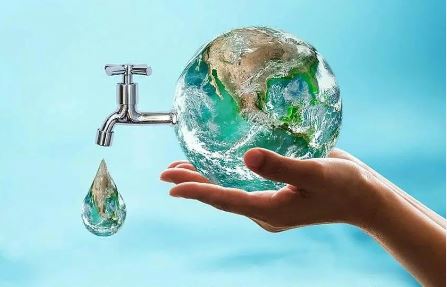Common water
The human body is comprised of 70% water, so it’s not much of a stretch to say that “the basis of vitality and long life is water.” If you want to feel good and be at your optimal health level, you should drink water on a daily basis. But not just any type of water. Common water may vary in taste, mineral content, and quality depending on its source and treatment processes. Tap water is often treated with filtration, disinfection, and sometimes fluoridation to remove impurities and ensure it is safe for consumption. Bottled water may undergo similar treatments, although it is regulated differently in different regions. While common water is generally considered safe to drink, the taste and quality can vary depending on factors such as the source of the water, treatment methods, and local environmental conditions.

Presence of Contaminants: Tap water may contain various contaminants, including heavy metals (such as lead and mercury), pesticides, industrial chemicals, and microbial pathogens. While water treatment plants work to remove these contaminants, trace amounts may still be present, posing potential health risks, especially with prolonged exposure.
Chlorine and Fluoride: Municipal water treatment often involves the addition of chlorine to disinfect the water and fluoride to prevent tooth decay. While these additives serve important public health purposes, excessive exposure to chlorine or fluoride may have adverse health effects, such as dental fluorosis or the formation of disinfection by-products.
Pipe Contamination: Aging or poorly maintained water distribution systems can contribute to the contamination of tap water with substances like lead or copper, especially in older buildings with outdated plumbing. These contaminants can leach into the water supply, posing health risks, particularly for vulnerable populations like infants and pregnant women.
Hard Water: Some regions have “hard” water, which contains high levels of minerals like calcium and magnesium. While not necessarily harmful to health, hard water can cause issues like limescale buildup in pipes and appliances, reduced soap lathering ability, and a slightly unpleasant taste.
Environmental Concerns: While tap water is generally more eco-friendly than bottled water, water treatment and distribution still require energy and resources. Additionally, the disposal of wastewater and the potential for water pollution from agricultural runoff or industrial activities can have detrimental effects on ecosystems and human health.
Fluctuating Quality: Water quality can vary depending on factors like source, treatment processes, and infrastructure maintenance. Changes in weather, seasonal variations, or sudden contaminant releases can affect the taste, odor, and safety of tap water, leading to concerns among consumers.
